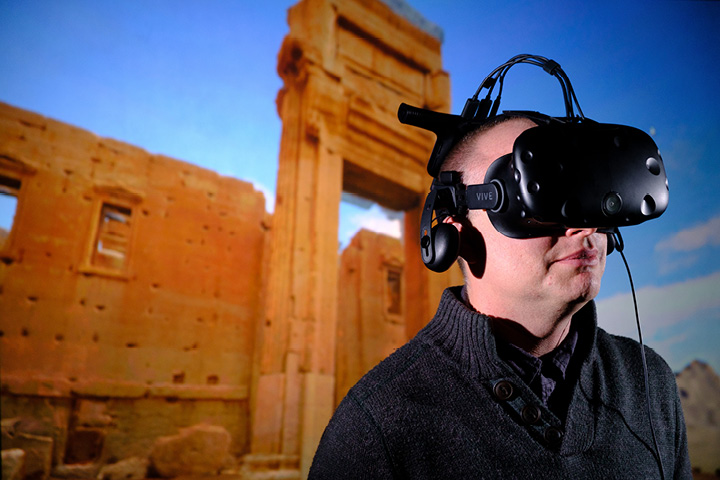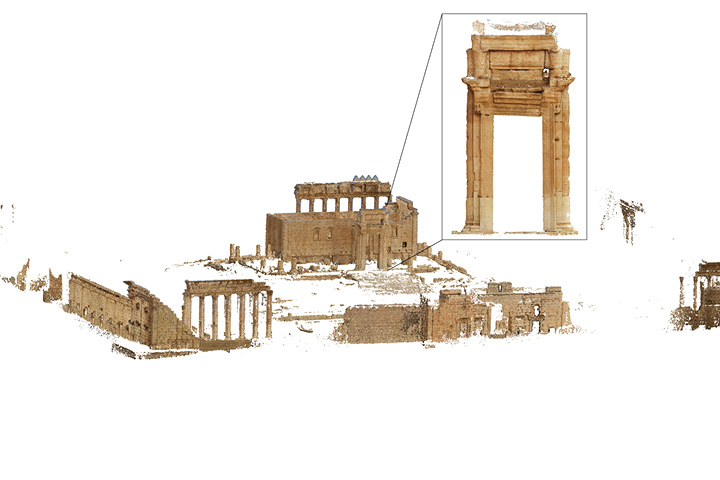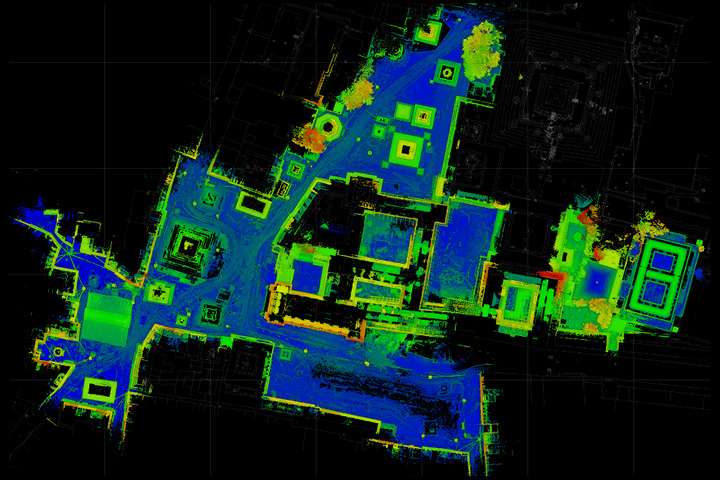Curious Travellers
Heritage is about more than monuments. It is also about people: how they interacted with the buildings in daily life and how their sense of belonging has shaped them. This is why organisations such as UNESCO were established to protect the world’s cultural heritage from damage through natural disaster, neglect, vandalism, and human conflict. The Curious Travellers project uses a resource that exists in abundance: the curiosity of millions of tourists and locals worldwide, who take photographs of what they see in the world around them.
These images are augmented by data to create 3D models of ancient monuments and sites, producing accurate representations without artificial or artistic reconstructions. Importantly, the project is more than just the 3D content. By using geospatial and archaeological data that describes the site within its landscape, its context is included, providing a legacy that contributes to local historical environment records. The project’s conservation ethic means that we do not fill in gaps in the models with approximations of missing data. So, while our photo-realistic 3D models may not appear as complete as computer-generated (CGI) reconstructions, they are totally accurate representations of structures from which precise measurements or relationships can be retrieved.

By working faithfully with these images, archaeologists can document weathering and erosion, changes in land-use, and gradual or sudden destruction over time – thus helping to inform long-term management of such sites.
Much of the work has concentrated on a few high-profile sites, including the 14th-century basilica of St Benedict in Norcia, Italy, destroyed by an earthquake, and Palmyra in Syria, attacked by ISIS. Work continues on these and also now includes Cyrene in Libya, Amatrice in Italy, Bagan in Myanmar, Diocletian’s Palace in Croatia, and here in the UK, Fountains Abbey and Drummonds Mill in Yorkshire.

Virtual reconstruction of the Temple of Bel, Palmyra, Syria.
The process has also been used to enhance understanding of architectural practice, design and planning, as with post-disaster reconstruction and resilience work in the aftermath of the earthquake that destroyed temples and religious complexes in the UNESCO World Heritage Sites of Kathmandu, Nepal. Detailed 3D models were built through webscraping/crowd-sourcing. The resultant images, database files and processed 3D models, together with mobile mapping data, have directly contributed to understanding and workflows used by conservation architects to inform the rebuilding of the World Heritage Site.

Visualisation of Kathmandu Durbar Square.
